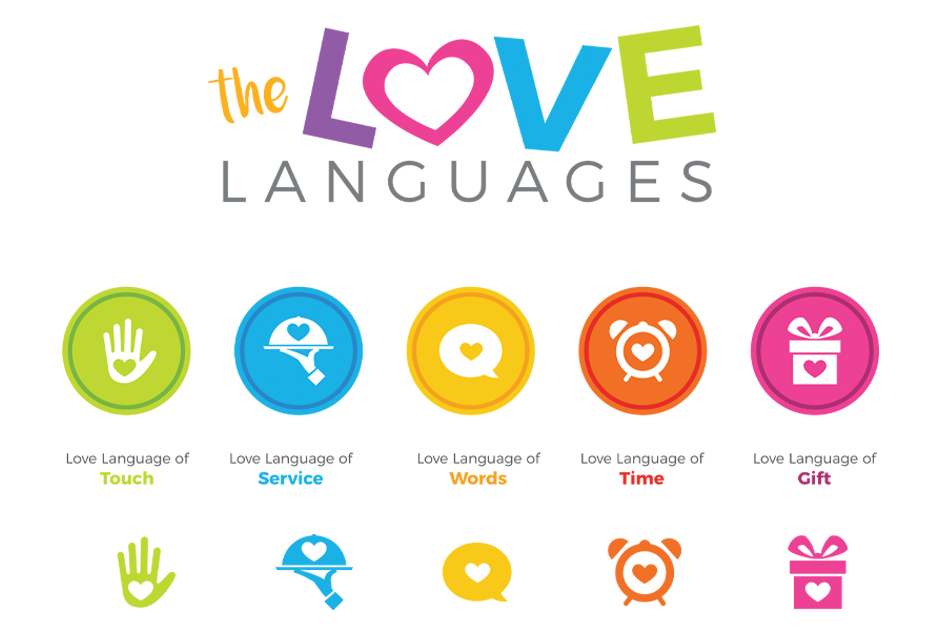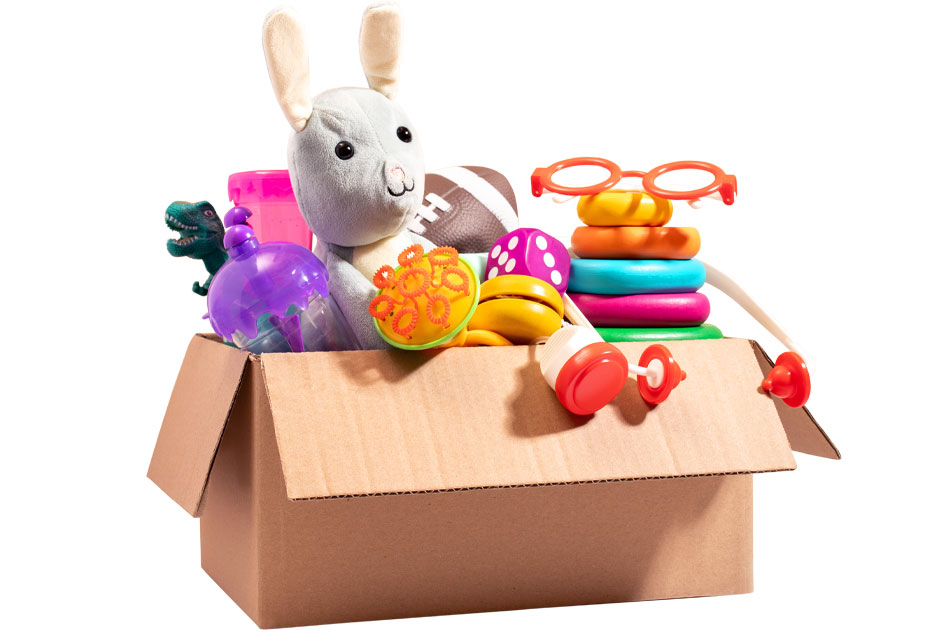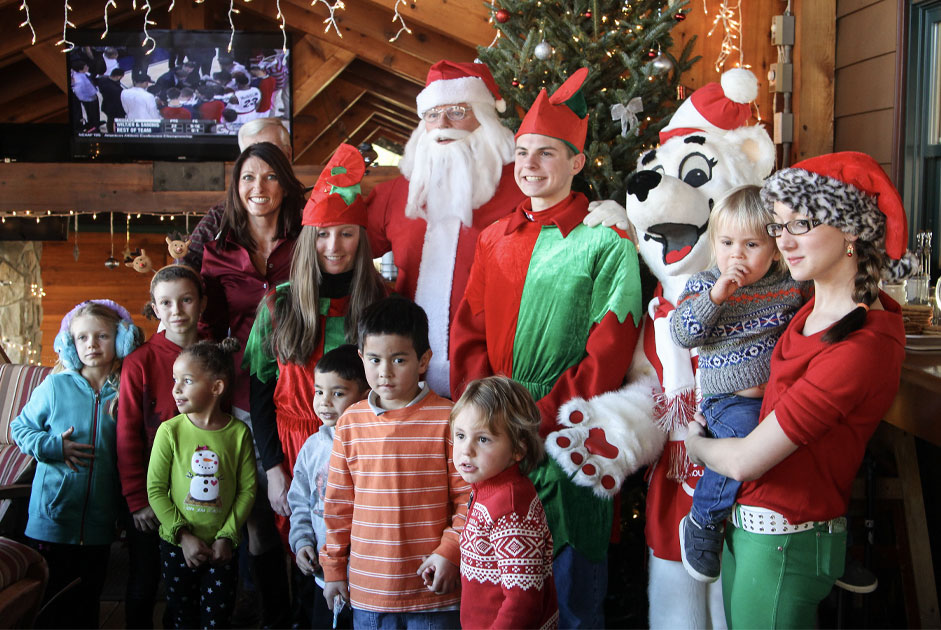The Bible tells us love is the greatest (1 Corinthians 13:13), and it is the foundation of every healthy relationship. Dr. Gary Chapman’s The 5 Love Languages introduced the idea that people interpret and feel love in different ways. The book turned into a phenomenon in recent years and helped many people learn more about their significant others. While the book focuses on romantic relationships, love languages can transform family dynamics by helping us understand how to love our parents, siblings, children and even close friends.
The five love languages – Words of Affirmation, Acts of Service, Receiving Gifts, Quality Time and Physical Touch – remind us that love is a choice, and learning to speak someone else’s love language can strengthen bonds and respect. As a reminder, here are the five love languages:
- Words of Affirmation: Expressing love through compliments, encouragement and kind words.
- Acts of Service: Showing love by doing things that make someone’s life easier, like chores or errands.
- Receiving Gifts: Communicating love with thoughtful presents that show care and intentionality.
- Quality Time: Spending undistracted, focused time with someone.
- Physical Touch: Conveying sensory love through hugs, kisses, caresses on the back or holding hands.
When applied to family life, these languages can help us better understand how each member feels appreciated and connected. The first step is to get everyone to take a free quiz to discover theirs and share with the family. Once, you’ve done that, here are ways to use them in your family:
1. Words of Affirmation: Building Each Other Up
Your kind words can change someone’s entire day. Oddly enough, the longer we’re around those we truly love, the easier it is to neglect kindness and uplifting affirmations. Compliment your child on their effort in school, sports or help around the house. Tell your sibling how much you admire their creativity. Leave sticky notes with uplifting messages on the bathroom mirror or in a lunchbox. These words remind family members that they are seen and valued.
2. Acts of Service: Love in Action
For some people, actions speak louder than words, and those who identify with that will resonate deeply with this love language. If a family member ranks high with this love language, there’s nothing wrong with asking what types of actions they’d like to see. And, when they tell you, do it any chance you get. Help your parents by preparing dinner without being asked. Offer to help a sibling with a project with which they’re struggling. Even small gestures, like tidying up the living room or fixing something around the house, will show you care.
3. Receiving Gifts: The Thought That Counts
Some people enjoy receiving tangible expressions of love. Usually, it doesn’t have to be extravagant, just thoughtful. Giving gifts to loved ones who value this love language can make them feel appreciated because you took the time to find something they enjoy. Encourage family members to exchange small, heartfelt gifts on special occasions or just because.
4. Quality Time: Fostering Connection
In busy and ever changing family dynamics, undistracted time together is priceless. For those who simply want to see their family and friends, be sure to set aside time to gather. Family game nights, intimate nature walks or one-on-one “dates” with each family member will mean so much to those who value this love language. The goal is to give your full attention and create cherishable memories that can only happen when you’re together.
5. Physical Touch: Comfort and Reassurance
Virginia Satir, a world renowned family therapist, is famous for saying, “We need four hugs a day for survival. We need eight hugs a day for maintenance. We need 12 hugs a day for growth.” Friends and family who value physical touch can benefit from a warm hug, a playful nudge in times of laughter or holding hands during a tough moment. Physical touch can be especially important for young children or teens going through the highs and lows of life. Of course, respect the personal boundaries of each family member or friend, but don’t underestimate the power of touch to heal and connect.
Families can create an environment of mutual respect and understanding by learning and practicing each other’s love languages. It’s not about perfection but about being intentional with your love. Take time to discover what makes each family member feel cherished – you’ll not only strengthen relationships but also build a legacy of love that lasts for generations.



















